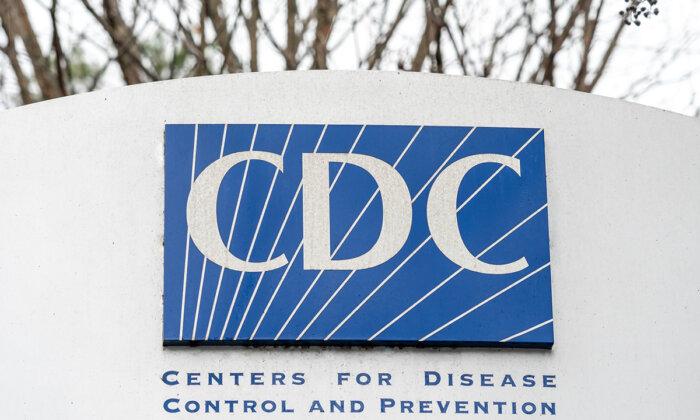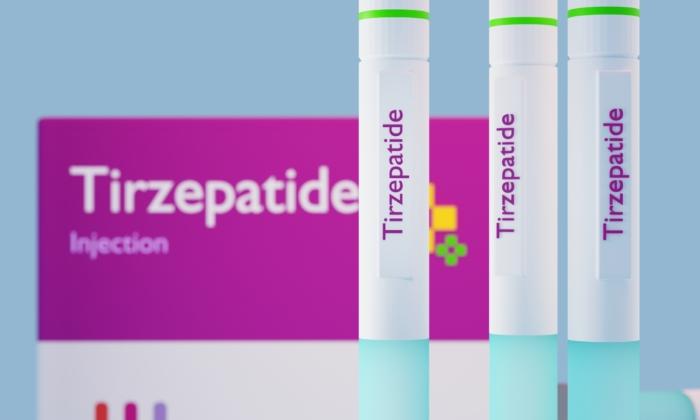According to a survey of nearly 2,000, primarily female respondents, the prevalence of headaches after the first, second, or third vaccine doses was 36.5 percent, 23.3 percent, and 21.7 percent, respectively.
Headache After Infection Versus Vaccination
Researchers also highlighted the differences in characteristics of people who reported headaches after an infection versus a vaccination.Among people with post-COVID infection headaches, 59 percent were migraine-like, and 31.4 percent were tension-type headaches.
Could Be a Sign of Serious Conditions
Most participants said their headaches were mild, and the authors pointed out that headaches are common adverse events reported with other vaccines.However, these headaches resulting from COVID-19 vaccination may lead to dangerous consequences.
Postvaccination headaches “can also be a sign of life-threatening conditions, including cerebral venous thrombosis (CVT), acute myelitis, and intracerebral hemorrhage,” the researchers wrote. “Post-vaccination headaches usually initiate less than a day after vaccination, and delayed headache onset should be considered a red flag for serious conditions, such as vaccine-induced CVT.”
The study findings also showed that developing headaches following COVID-19 increased the odds of developing postvaccination headaches. While the mechanism behind the reaction remains unknown, the authors suggested it might be related to what’s called a cytokine-mediated pathomechanism. This is the pathway where cytokines regulate immunity and inflammation.
Neurological Side Effects
A comprehensive 2022 review found several neurological side effects that tear through the brain, spine, and nerves after COVID-19 vaccination. Most of them occurred in older adults and people with autoimmune disorders. Side effects for adenovirus-based vaccines included:- Spinal cord inflammation.
- Damage to the outer, protective layer of the spinal cord.
- Eye inflammation in one or both eyes.
- Brain inflammation or swelling.
- Guillain-Barré syndrome.
- Bell’s palsy.
- Multiple sclerosis.
- Ischemic stroke.
- Sudden crippling pain in the arms and shoulders.
- Herpes zoster.
- Ringing and nerve damage in the ears.
What Is Cerebral Venous Sinus Thrombosis?
Cerebral venous thrombosis (CVT) happens when a blood clot forms in the brain’s blood vessels, preventing blood from draining out. The clot may then break, causing blood to leak into brain tissues. This could result in a hemorrhage, which can lead to a stroke.- Headache.
- Blurred vision.
- Fainting or loss of consciousness.
- Loss of control over movement in part of the body.
- Seizures.
- Coma.







